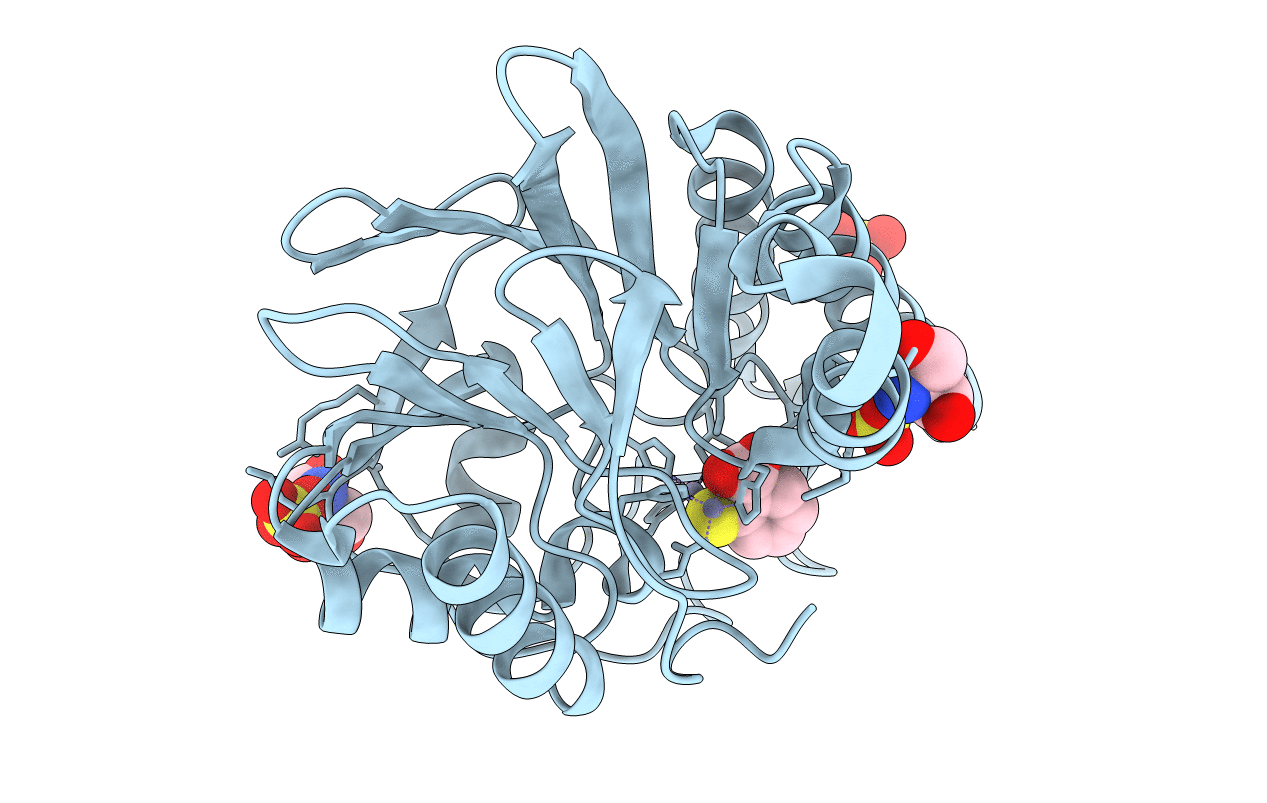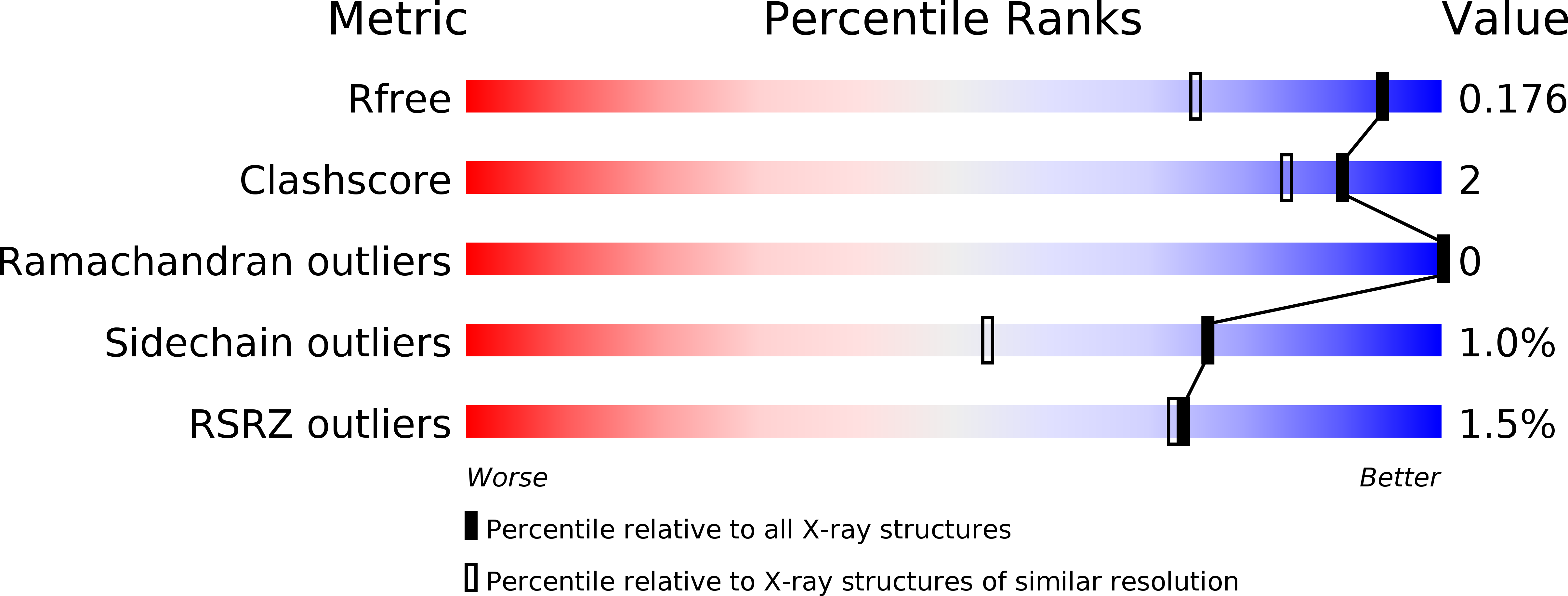
Deposition Date
2019-05-27
Release Date
2019-08-07
Last Version Date
2024-10-23
Entry Detail
PDB ID:
6K4T
Keywords:
Title:
Crystal structure of SMB-1 metallo-beta-lactamase in a complex with TSA
Biological Source:
Source Organism:
Serratia marcescens (Taxon ID: 615)
Host Organism:
Method Details:
Experimental Method:
Resolution:
1.39 Å
R-Value Free:
0.17
R-Value Work:
0.14
R-Value Observed:
0.14
Space Group:
P 1


